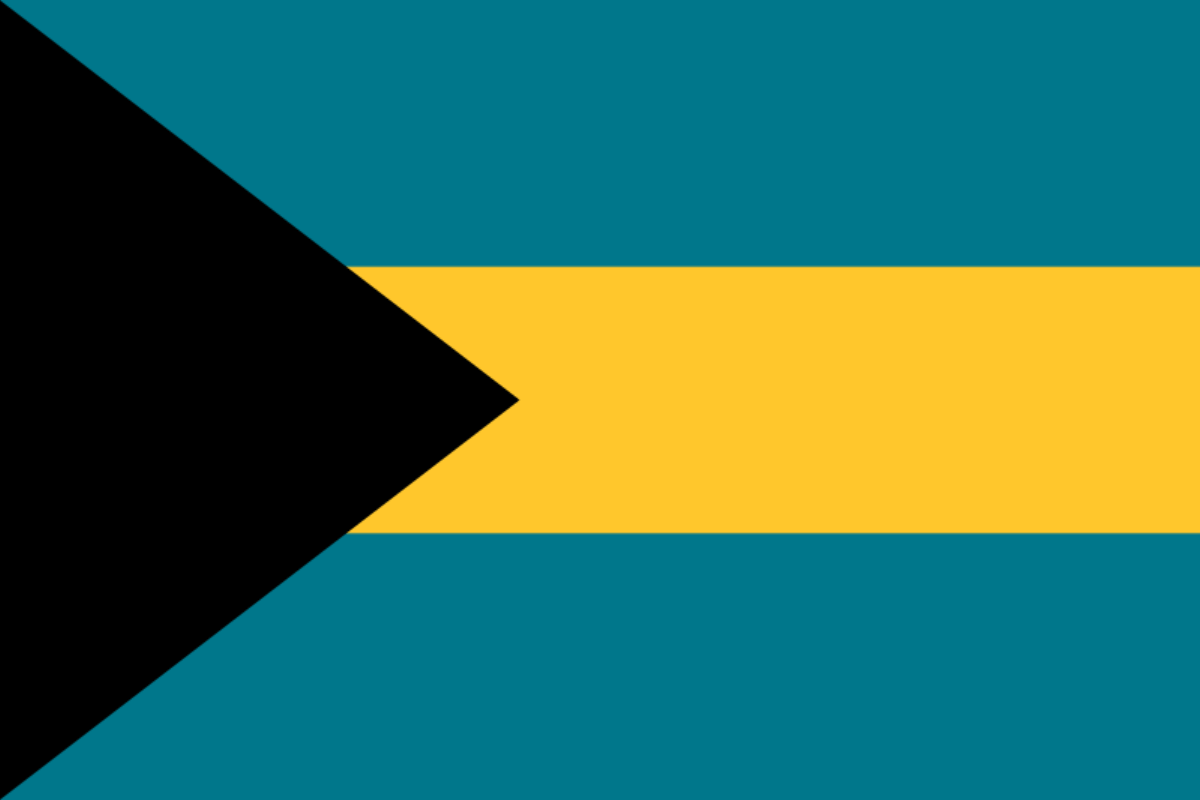The national animal of the Bahamas is the flamingo. These iconic brightly colored birds make their home in the Bahamas among other places and so have become a very important national, cultural icon. This island nation has lots of fascinating wildlife but the enormous flocks of flamingos are hard to compete with.
It is more than understandable that the national bird of a tropical island nation should be one of the incredible birds that live in the region.
Flamingos are an animal that virtually everyone knows about though many of us may never have had the privilege of seeing one; this is rarely true in the Bahamas!
Let’s find out more.

What is the national animal of the Bahamas?
The national animal of the Bahamas is the flamingo.
Flamingos strictly speaking are a broader family of animals of which there are four distinct flamingo species.
They are distributed from the Americas to Afro-Eurasia.
They are well known for their vivid and bright plumage, which ranges in color from the iconic bright pink to darker oranges and reds.
The name itself ultimately comes from either Spanish or Portuguese meaning” flame colored”.
The American flamingo is a species that is found in the Caribbean.
This is a large species that breeds in South America and the West Indies, as well as in the Bahamas and Virgin Islands.
It is common across many tropical and subtropical regions in the Americas though they will move around seasonally.
They are large wading birds and typically have darker red plumage.
They lay single eggs on a mound of mud usually between May and August.
The egg will usually hatch in about a month.
They are well adapted to the shallow waters they tend to inhabit.
Their long legs, as well as their webbed feet, make them specialized for wading and thus they can stand in the water and bring up food.
They will stir the water up with their feet to bring food up.
Their beaks are highly specialized with a downward hook and marginal lamellae on their upper jaws.
They can thus filter out differently-sized food from the water.
They tend to eat things like crustaceans, mollusks, worms, nematodes, and insects as well as fish, grass, seeds, and algae.
Given their great ability to filter food, they can also consume mud for the micro bacteria and organisms living in it.
They are able to hold their breath underwater for a very long time, too.
Why is the flamingo the national animal of the Bahamas?
There are many reasons a particular animal might be chosen as the national animal of a country.
It might often be an important symbol of some national value, like courage, pride, or freedom.
In the case of the Bahamas, the flamingo certainly does embody important aspects of national identity, like beauty and liberty.
But on the other hand, the Bahamas is simply a very important place for flamingo breeding, with more than 50,000 birds inhabiting relatively small regions near and in the island.
These animals are strictly protected by the local government and wardens are employed to ensure they are not disturbed.
Animals like these birds are often a very important part of an island’s local ecosystem, and the seasonal arrival of the flamingos, as well as the year-round residence of some, is very important to the Bahamas and its ecology.
So, flamingos are important to the Bahamas for a number of reasons, but it’s also simply the fact that the country itself feels a duty to protect these animals.
Though they are not presently threatened with endangerment, it is often an important point of national identity to make strong efforts towards the conservation of a species, and selecting it as a national animal brings attention to this.
Are flamingos born pink?
Flamingos are not born pink; they are usually grey or white at birth.
They tend to turn pink over the first couple of years they are alive.
It is actually in the food they eat that turns them pink, or whatever color variation a given species is.
Flamingos which have that bright pink plumage eat algae, shrimp, and other crustaceans.
This is what turns them pink; these foods contain pigments which slowly over time turn them pink as they eat more and more.
This explains, also, why some species are different colors—it’s down to their diet!
Can a flamingo fly?
Flamingos can certainly fly and being able to fly is very important to them as a species.
Most are fairly non-migratory, but their colonies are also not always permanent.
So, they do have to move around and they couldn’t do this very easily without being able to fly.
But in general, flamingos will sometimes fly further than their colony to find other sources of food or something similar.
Some species do migrate, though, seasonally and will move around to nest in different places at different times of the year if they need to breed, for example.
It’s hard to imagine a creature so vividly colored that would not take an important place in the human imagination.
This is true internationally of the flamingo, but of course, in those regions to which it is native, this is even truer.
They have lived alongside people in the Bahamas since time immemorial, and so they have virtually always played an important part in the minds of the Bahaman people.

